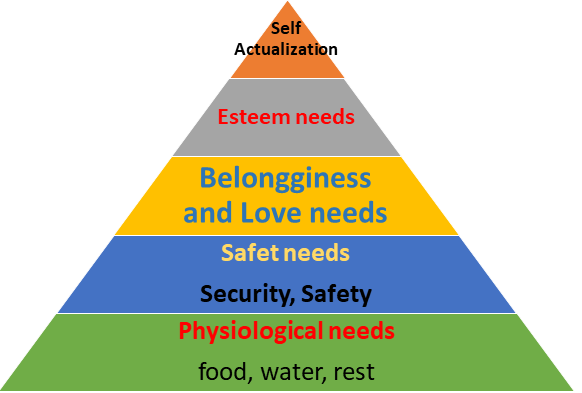Theories Of organizational Behaviour
Organizational behavior theories provide valuable insights into the dynamics of individuals, groups, and organizations within the workplace. From classical management theories to modern perspectives, these theories have evolved over time, reflecting changes in organizational structures, management practices, and societal norms. By understanding and applying these theories, organizations can improve their effectiveness, enhance employee satisfaction, and adapt to the complexities of the modern business environment.
Classical Management Theories:
The classical management theories emerged in the late 19th and early 20th centuries, focusing on principles of management and organizational structure.
- Scientific Management (Frederick Taylor):
Frederick Taylor’s scientific management theory emphasized maximizing efficiency through systematic analysis and organization of work processes. Taylor proposed the idea of breaking down tasks into smaller, repetitive components to determine the most efficient method of performing them. His principles led to significant improvements in productivity and laid the groundwork for modern assembly line techniques. However, critics argue that Taylor’s approach often disregarded the human element of work, leading to issues of employee dissatisfaction and alienation.
- Administrative Management (Henri Fayol):
Henri Fayol’s administrative management theory focused on the functions of management, emphasizing principles such as unity of command, scalar chain, division of work, and discipline. Fayol’s principles provided a framework for organizing and managing complex organizations. However, like scientific management, administrative management theories were criticized for their mechanistic view of organizations and limited consideration of human factors.
Human Relations Movement:
The Human Relations Movement emerged in the 1930s and challenged the rigid structures and mechanistic views of classical management theories.
- Hawthorne Studies (Elton Mayo):
The Hawthorne studies conducted at the Western Electric Hawthorne Works aimed to investigate the relationship between work conditions and productivity. Researchers, including Elton Mayo, found that productivity increased not as a result of changes in physical conditions but due to the psychological and social factors such as attention, recognition, and group dynamics. This led to the recognition of the importance of human factors in organizational behavior and laid the foundation for the Human Relations Movement.
- Maslow’s Hierarchy of Needs:
Abraham Maslow’s hierarchy of needs theory proposed that individuals are motivated by a hierarchy of needs ranging from physiological needs to self-actualization. According to Maslow, once lower-level needs are satisfied, individuals seek to fulfill higher-level needs. This theory highlighted the significance of understanding individual needs and motivations in the workplace.
Contingency Theories:
Contingency theories propose that the effectiveness of management practices is contingent upon various situational factors.
- Fiedler’s Contingency Theory:
Fiedler’s contingency theory suggests that leadership effectiveness depends on the interaction between the leader’s style and the favorableness of the situation. Fiedler identified two leadership styles: task-oriented and relationship-oriented. According to this theory, the most effective leadership style depends on the degree of situational favorableness, which is determined by factors such as leader-member relations, task structure, and position power.
- Contingency Theory of Decision Making (Vroom-Yetton):
Vroom-Yetton contingency model of decision-making emphasizes the importance of considering situational factors when making decisions. The model provides a decision tree that helps leaders determine the most appropriate decision-making style based on factors such as decision significance, time constraints, and the leader’s need for information. This theory highlights the need for flexibility and adaptation in decision-making processes.
Modern Organizational Behavior Theories:
Modern organizational behavior theories focus on understanding the complexities of contemporary organizations and the challenges they face in a rapidly changing environment.
- Systems Theory:
Systems theory views organizations as complex systems composed of interconnected and interdependent parts. This perspective emphasizes the interactions and interrelationships between various components of the organization, including individuals, groups, and the external environment. Systems theory highlights the need for organizations to adapt and respond to changes in their environment to maintain stability and achieve their goals.
- Social Exchange Theory:
Social exchange theory posits that individuals engage in social relationships based on the exchange of resources, such as rewards, recognition, and support. According to this theory, individuals are motivated to maintain relationships that provide them with desirable outcomes while minimizing costs. Social exchange theory provides insights into employee-employer relationships, emphasizing the importance of reciprocity and mutual benefit.
- Organizational Culture Theory:
Organizational culture theory focuses on the shared values, beliefs, and norms that shape organizational behavior and identity. Organizational culture influences various aspects of organizational life, including decision-making, communication, and employee behavior. Understanding and managing organizational culture is essential for fostering a positive work environment and achieving organizational goals.

